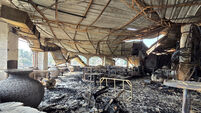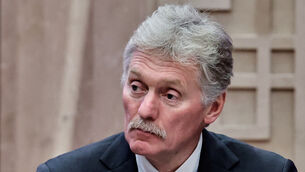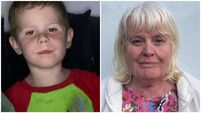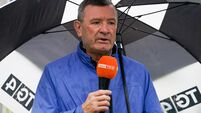New probe into Swedish PM assassination
Swedish police are to re-question some witnesses in the unsolved case of the 1986 murder of Prime Minister Olof Palme after new information emerged in a TV documentary, the lead investigator said today.
Palme was gunned down on the way home from a Stockholm cinema on February 28, 20 years ago.














